VET APPROVED

The information is current and up-to-date in accordance with the latest veterinarian research.
Learn more »Click to Skip Ahead
In the canine world, social interaction and hierarchical rules can be a little bit different and more complicated than for humans. Dogs each have unique personalities but are instinctively social animals. In a group of dogs with different personalities and temperaments, they may not always get along with each other. Some dogs are solitary, but others are more energetic and even enjoy playing with other dogs. But can a dog be a bully? Lets Explore

Can a Dog Be Considered a Bully?
It is natural for humans to use human terminology to describe what dogs experience or how they behave; after all, it is easier for us to compare them with ourselves. However, this is wrong; our brains, motivations, and the resulting behavior are different.
Dogs can exhibit behaviors that resemble bullying to human observers, such as persistent intimidation, chasing, or overwhelming other dogs. However, unlike humans, dogs lack the complex social and moral understanding behind intentional harassment or power dynamics and, therefore, cannot truly bully. Dogs do not deliberately cause harm to others to achieve social dominance or emotional control, which differentiates them from human bullies.
Natural dog behaviors that are sometimes confused with bullying include resource guarding, dominance, and aggression due to a lack of social skills. Dogs may not recognize when they are being too rough or causing distress due to a lack of appropriate social skills. For example, young or poorly socialized dogs may repeatedly pester, chase, or physically overwhelm other dogs without understanding the distress they are causing.
Nobody likes bullies, but if you find your dog being pushy, inappropriate, or exhibiting unnecessary aggressive behaviors toward other dogs, you should know what to do to correct these behaviors. Keep reading for a step-by-step guide for dealing with your dog being a bully.
The Vet-Approved Tips to Help Manage “Dog Bullying”
1. Identify and Recognize Bullying Behavior
The first step in solving a problem is to identify it. As dog parents, we are responsible for recognizing inappropriate behaviors, especially if they affect other dogs.
- Exhibiting pushy behaviors with playmates
- Excessive growling and barking
- Snatching and stealing toys and treats from other dogs
- Excessive roughhousing with other dogs
- Overwhelming other dogs who do not want to engage
- Pinning playmates to the ground
- Placing their paw on the head or shoulders of other dogs
- Mounting other dogs
- Not following commands when overly excited
It should also be noted whether they exhibit these behaviors to only one particular dog, smaller dogs, or all dogs they meet. Play that is pushy can sometimes be mistaken for bullying. This is something that high-energy dog breeds, like herding dogs and bully breeds, may naturally exhibit.
On the other side, many of the problematic behaviors can be easily mistaken as harmless play. Oftentimes, poorly socialized dogs exhibit these behaviors, as they do not have the ability to understand how other dogs feel or how they will respond to them.
2. Intervene as Necessary
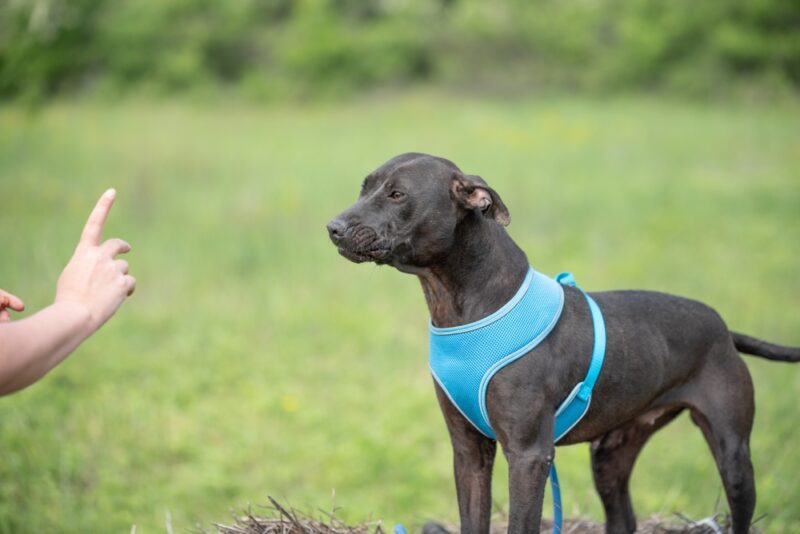
After identifying and recognizing your dog’s problematic or inappropriate behaviors, and when they exhibit them, it is essential to do what needs to be done to correct them immediately. When your dog exhibits pushy behavior, they must be interrupted to redirect their focus. Your dog can be trained to respond to positive interrupters, such as a command or loud sound that tells them to stop and listen to you immediately.
Time-outs can also be used to prevent potentially dangerous interactions from escalating. Training your dog to respond to negative markers, such as “stop,” can help create an association between the undesired behavior and the stopping of playtime.
With the repetition of positive interrupters and negative markers, your dog will eventually recognize unwanted behaviors and act on them. Because emotions and excitability are high, remember to avoid physically intervening when correcting bullying behaviors, as this may put you at risk of getting bit.
An important note to remember is that all dogs are different, with varying personalities, temperaments, and limitations. As dog parents, we must be able to familiarize ourselves with what works for our dog and what doesn’t.
3. Reward Good Behavior
In addition to intervening as necessary, providing positive reinforcement and rewards can help reduce your dog’s “bullying behaviors.” Rewards like verbal praise and treats can promote good behavior, teach them how to socialize with other dogs respectfully, and minimize unwanted behaviors. Properly timing rewards is also vital and can help eliminate bullying behaviors.
4. Provide Consistent Training
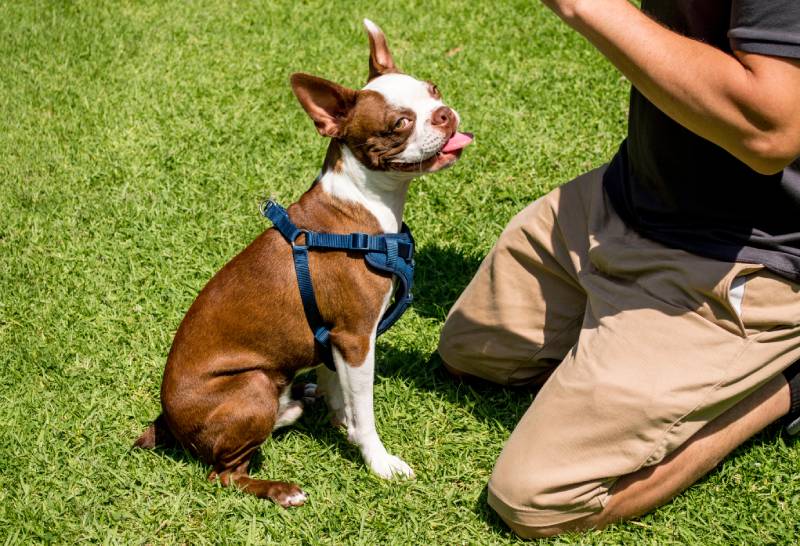
Even when they are not exhibiting “bullying behaviors,” it is crucial to promote good behavior at home, around other people, and with other dogs. Providing positive reinforcement, positive interrupters, and negative markers can train your dog to behave appropriately during social situations and minimize the risk of exhibiting inappropriate or unwanted behaviors.
Professional help can also be employed for your dog’s training. Professional dog trainers can provide training to facilitate healthy behaviors, as well as training tips, advice, and instruction on what to do as pet owners.
5. Provide Ample Stimulation
If dogs do not receive the proper mental and physical stimulation they need, social situations may get them too excited and overly stimulated, causing them to exhibit inappropriate or unwanted behaviors. Regular exercise and playtime with your dog can provide the stimulation they need to prevent over-excitability during social interactions while also providing multiple health benefits.

Why Do Dogs Become “Bullies”?
There are various explanations for dogs exhibiting the inappropriate term “bullying behaviors.” A common argument is their lack of socialization at a young age. Dogs who exhibit pushy or dominant tendencies are said to lack the opportunity to learn proper social etiquette from other dogs. Both acceptable and undesired behaviors are normally learned by interacting with older dogs and receiving signals from older dogs that some behaviors are unacceptable, such as growling or pushing.
A show of dominance can also be considered a cause of bullying and must be immediately corrected once identified to prevent any further escalation. Genetics is also considered a factor in why dogs can become “bullies.”
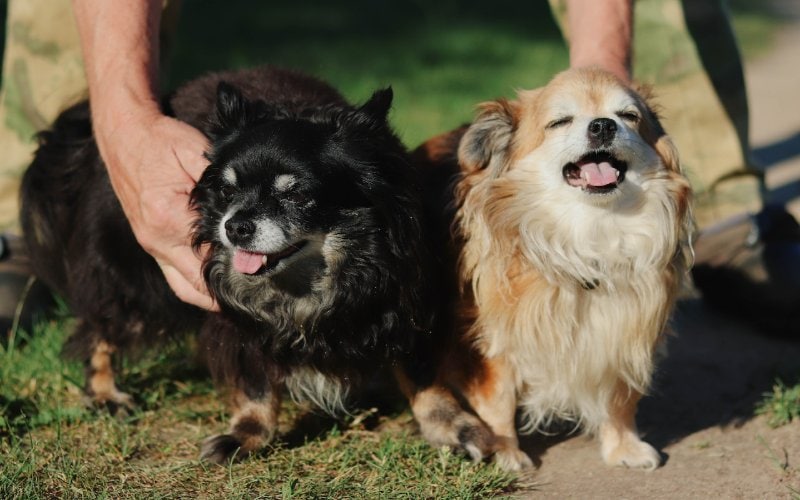
Tips on How to Prevent “Dog Bullying Behavior”
Addressing your dog’s “bullying” behaviors is one thing, but preventing the behavior entirely is another. Early socialization and training good manners is known to be the gold standard in promoting proper behavior. Higher success rates are seen when younger puppies are exposed to different social situations compared to older dogs. Similarly, undesirable behaviors are also more easily corrected if done at a younger age.
Spaying and neutering your dogs can prevent or minimize unwanted aggressive or unwanted behaviors, as it lowers hormone levels. While your dog is learning to correct their bullying behavior, it’s best to choose their playmates. Controlling who your dog interacts with can speed up the learning process. This also makes correcting behaviors much easier compared to the overstimulation they can experience if placed in an uncontrolled situation with multiple playmates, such as a dog park.

Conclusion
Now you understand that there is no such thing as “dog bullying” and dogs are not bullies in the human sense, but some can develop pushy, inappropriate, or overly assertive behaviors if not properly socialized or managed.
As responsible pet parents, it is vital to understand the causes and triggers to address the behavior appropriately. It is our responsibility to learn to recognize dog body language and ensure fair, consensual, and reciprocal positive interactions to prevent negative and potentially dangerous encounters.
This may involve seeking professional help. It is important to remain calm and patient, as punishing or yelling at your dog may only escalate the situation. By addressing the problem early on, you can help your dog learn appropriate social behavior and prevent serious problems.
Featured Image Credit: Ton Bangkeaw, Shutterstock
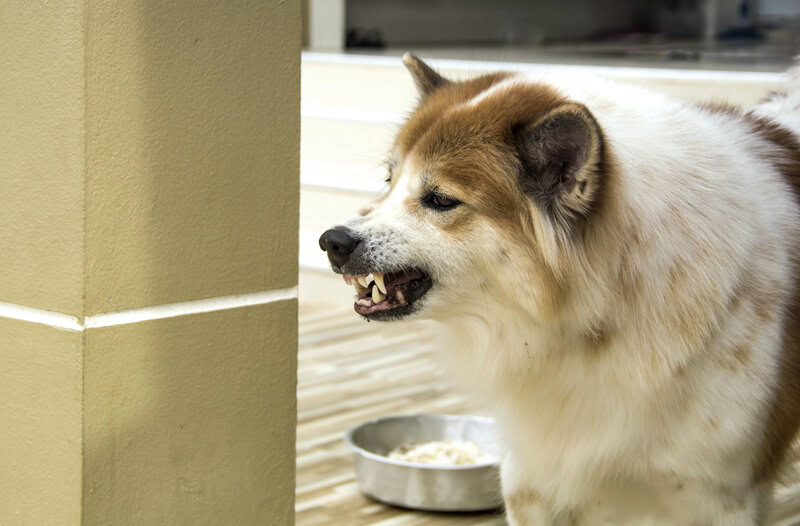





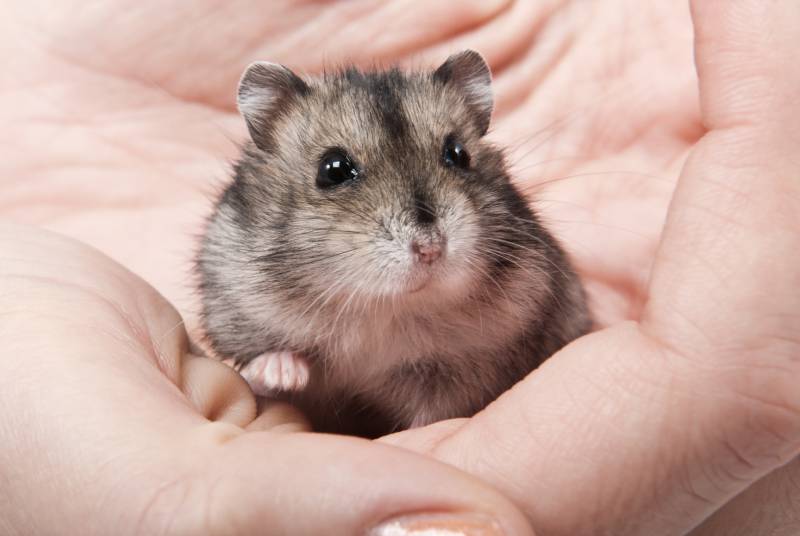

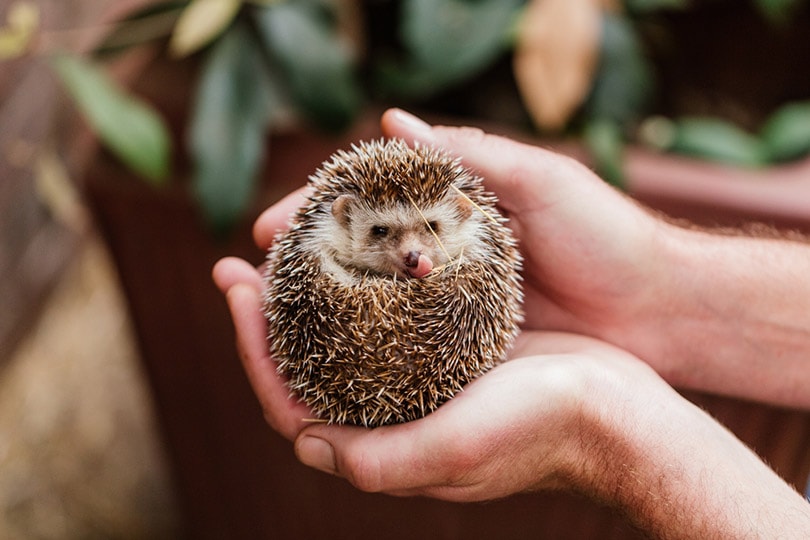



2 Responses
Hi. I’ve recently noticed my two-year old dog being overly aggressive and rude to my four year old dog, and I’ve been a little unsure about how to deal with it. She’s never been like this before, always a little pushy but not so rude that my four year old is scared to eat her food or lie in her bed in case of offending her. I’ve tried positive reinforcement when she’s being good, she has lots of room to run throughout the day and is walked at least once a day, and whenever she’s especially mean to other dogs I make sure to take her away and give her a time out in a room separated from other dogs, for maximum half an hour. Even in doing all of these things I’m still seeing her biting and snarling at my four year old dog. What else can I do?
Hello Sam,
thank you for your message. We are very sorry to hear about the issues you have with your dogs. Seems like you already tried a lot of methods, nevertheless I’ve picked some articles that you may find helpful:
– How to Stop Dogs From Fighting in the Same Household: 4 Vet-Approved Tips
– Stopping Aggressive Behavior in Dogs – Humane & Proven Tips
– How to Socialize a Dog With Other Dogs: 9 Vet-Approved Tips
– The 10 Types of Dog Aggression: Vet-Approved Facts & FAQ
Another option could be live video-call consultation with one of our veterinarians at http://www.Pangovet.com. They will be happy to consult your situation with you and offer you some advice. The last option would be hands-on training with animal behaviorist.
Hope this helps. Best of luck!